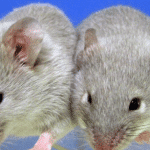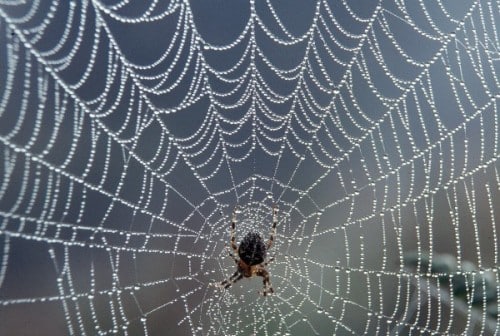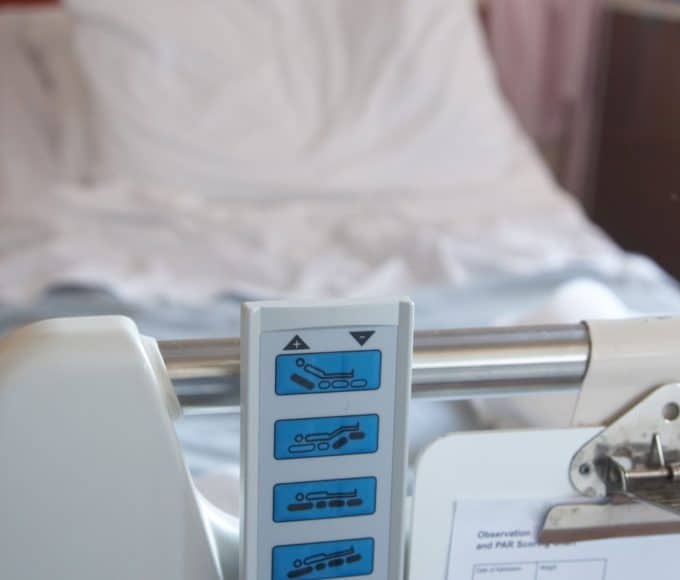While removing medical tape from an adult can be seamlessly painless because breakage occurs in the glue, but can cause quite a lot of harm when removing from the skin of newborns, says Jeffrey Karp, a researcher at Brigham and Women’s Hospital in Boston.
Traditional medical tape has two layers: the sticky one and the nonsticky one hat forms the backing. The adhesive is designed specifically for adults, states Karp, and that newborns need something else specifically for them. Medical tape often needs to be changed on patients in the neonatal intensive care unit. Karp explains that this can create problems with mobility from peeling ht fragile skin. Along with Robert Langer of the Massachusetts Institute of Technology and Bryan Laulicht, of Brigham and Women’s, Karp wanted to solve this problem by designing a tape hat doesn’t damage sensitive skin when it’s removed. The researchers have published a study in the Proceedings of the National Academy of Sciences describing their idea for a solution, which hasn’t yet been tested clinically.
They looked to nature for inspiration in the webs of spiders. Spiderwebs have some adhesive regions and others that are not so sticky. Also inspired by Mica, a strong mineral, known for its layers that peel off easily and the feet of Geckos that have patterned surfaces that allow them to stick to walls. These elements aided the researchers in designing a tape with three layers. On top, is the non sticky backing, and a sticky layer clings to the skin, as usual. The middle layer is redesigned with an anti-adhesive coating. The researchers use a laser to etch a pattern into the middle layer so they could control how the adhesive and backing interact.
“By controlling those interactions, we were able to define a regime where the adhesive could secure devices very strongly to the skin, but was very easy to remove,” states Karp. The concept offers an advantage by providing adhesion and anchoring without causing damage to the skin. The research is very much so preliminary. More than 1.5 million injuries per year nationwide due to medical tape removal. Elderly patients are also susceptible to injuries from harshe adhesives.
Their research was funded by the Phillips Children’s Medical Ventures and National Institutes of Health, in collaboration with the Institute for Pediatric Innovation.
Signed, Shanika Simmons















